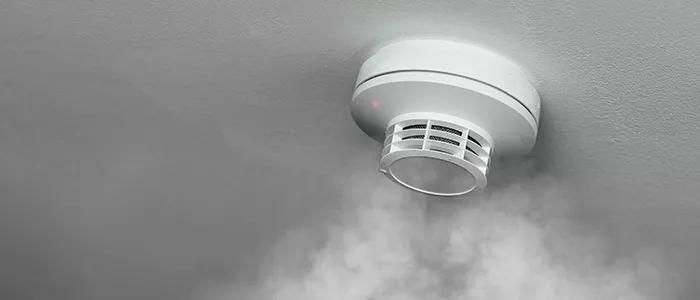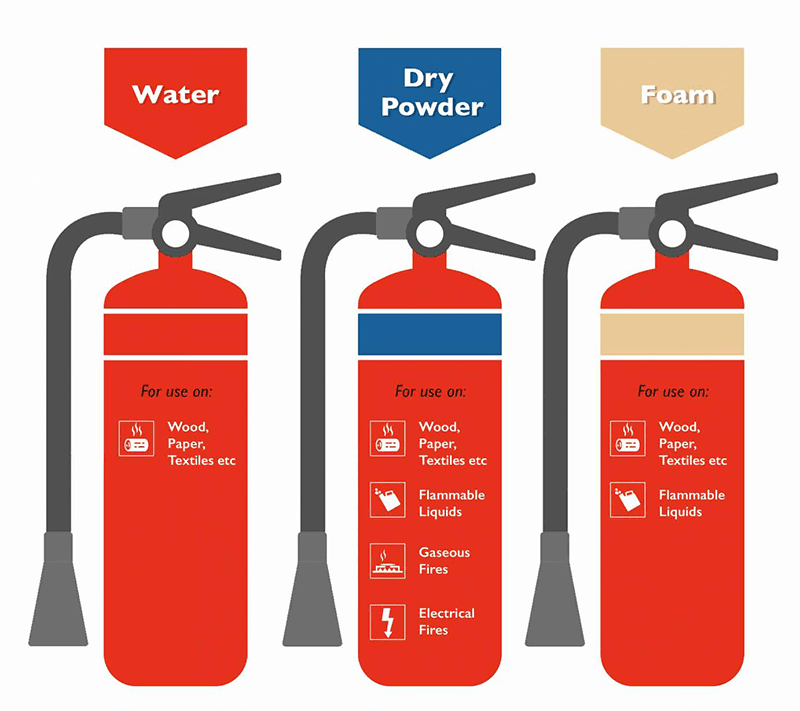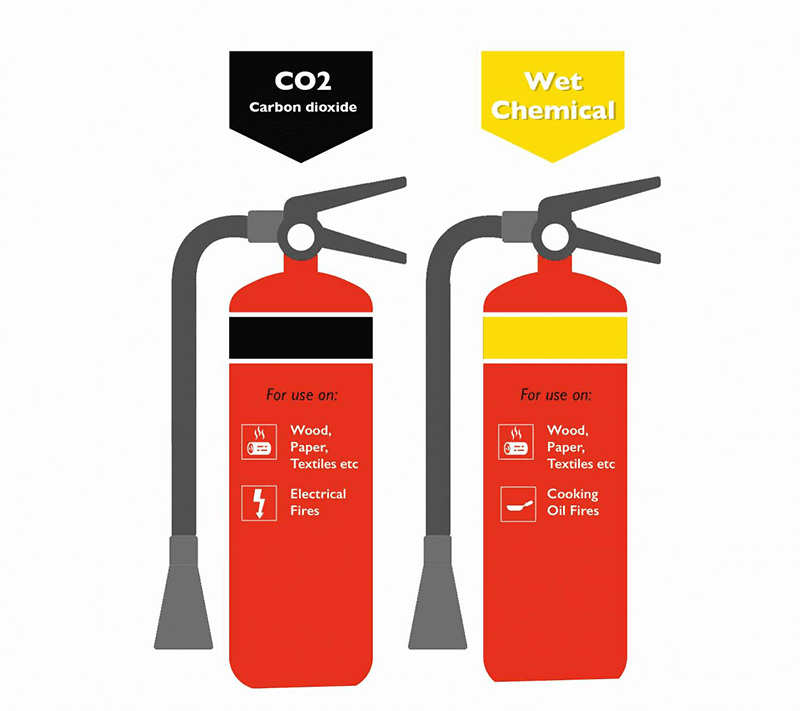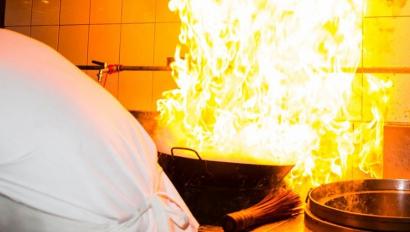Fire extinguishers and their uses explained

If a fire started now, do you have the correct fire extinguisher to put it out safely in the workplace?
A fire extinguisher is a vital and advisable piece of safety equipment in the workplace - but you may be surprised to realise there are different types of fire, with different characteristics.
Before you go ahead and buy one, you need to know the difference between the categories/colour and to be able to choose which is right for you.
Over the years, different types of fire extinguisher have been developed to deal with the different fire types.
Here are the types of fire extinguisher, their colour code and what types of fire they are suitable for:

Red label fire extinguisher: Water
- Class A - fires involving solid materials such as wood, paper or textiles.
Blue label fire extinguisher: Dry Powder
- Class A - fires involving solid materials such as wood, paper or textiles.
- Class B - fires involving flammable liquids such as petrol, diesel or oils.
- Class C - fires involving gases.
- Electrical Fires - fires involving live electrical apparatus (it doesn’t get an ‘official’ category)
Cream label fire extinguisher: Foam
- Class A - fires involving solid materials such as wood, paper or textiles.
- Class B - fires involving flammable liquids such as petrol, diesel or oils.

Black label fire extinguisher: Carbon Dioxide (CO2)
- Class B - fires involving flammable liquids such as petrol, diesel or oils.
- Electrical Fires - fires involving live electrical apparatus (it doesn’t get an ‘official’ category)
Yellow label fire extinguisher: Wet Chemical
- Class A - fires involving solid materials such as wood, paper or textiles.
- Class F - fires involving cooking oils such as in deep-fat fryers.
Class A is the most common fire type but walking around your premises you should be able to identify areas where other fire types might arise.
What are the UK fire safety regulations for fire extinguishers?
At present, UK rules require you to have a minimum of two water extinguishers on each level of the building, typically located by exits and fire alarm call points. However, a combination of one water and one CO2 or foam fire extinguisher is a common approach as the latter can be used to safely extinguish electrical fires without any damage to electrical equipment, which is present in most buildings.
Whilst dry powder extinguishers on the surface look suitable to cover a range of fires, it should be noted that these are not ideal for enclosed spaces as the powder is easily inhaled and the residue is not easy to clean up.
Are there fire extinguishers that cover all fire types?
If you are, however, looking for a fire extinguisher that covers all the standard fire types then Water Mist extinguishers are for you. One of the newer technologies on the market, Water Mist extinguishers release microscopic particles of water that suffocate a fire rather than douse it. As they can be used for all fire types, they are ideal for using in areas that have multiple fire risks, rather than requiring multiple fire extinguisher types.
How often should fire extinguishers be serviced?
Fire extinguishers need to be serviced every twelve months or after each use. If an extinguisher is found to be leaking, it should be serviced immediately. They must be replaced at the end of their lives which is ten years for CO2 extinguishers and 15 years for all others.
Need help understanding your fire extinguisher needs for your business?
Whether you're buying or looking to service your fire extinguishers, get in touch with the team at Securitas Technology via our online form.























